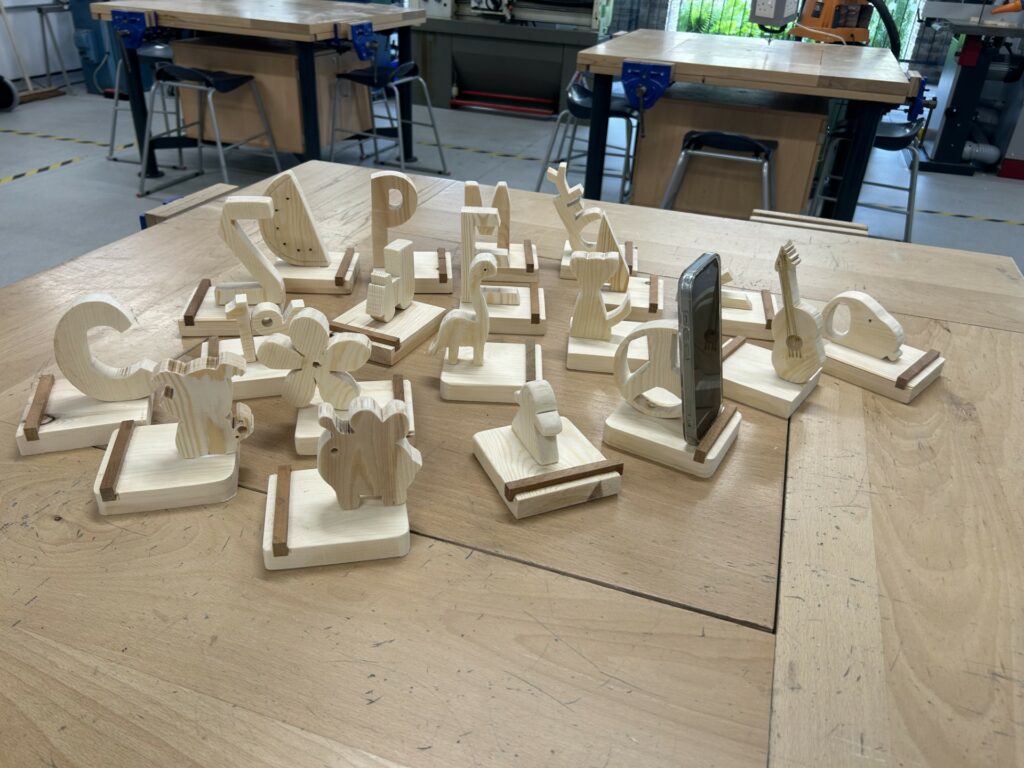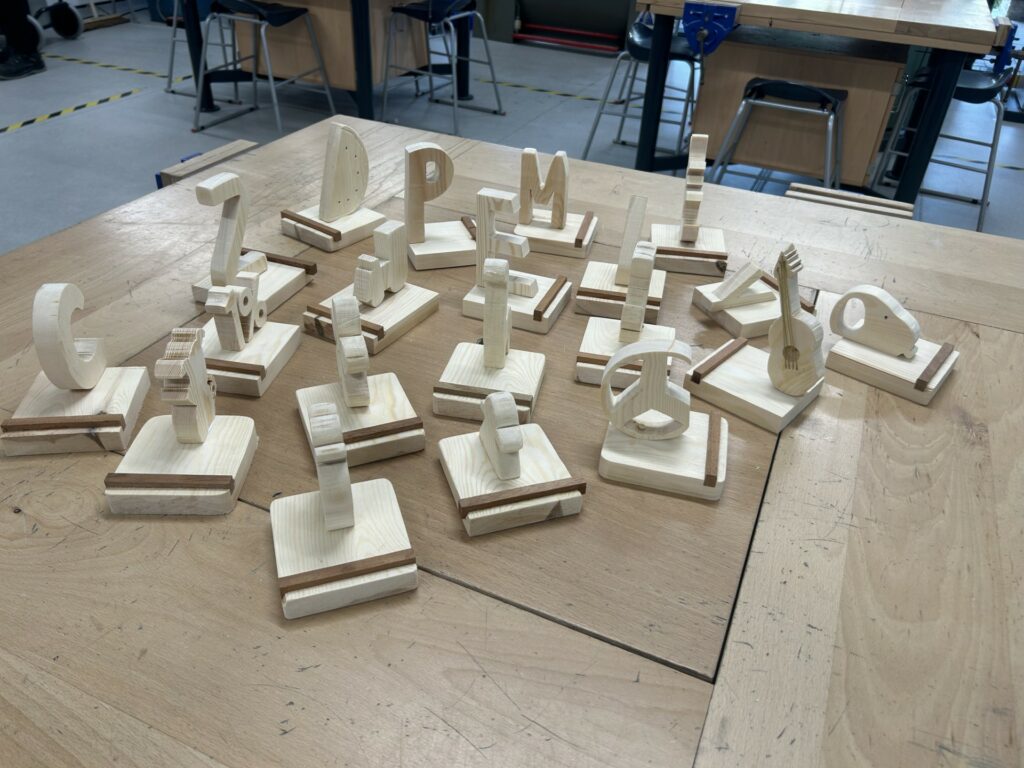Home / Design Technology
Miss Elliott and the rest of the DT Team have been very impressed with the final Year 8 project this term. Pupils have been designing and making their own mobile phone holders. There has been some great and very intricate work going on. It’s been a great way to end Year 8 before pupils move to high school.
Everyone should feel very proud of their work!
#Respect #Engage #Aspire


